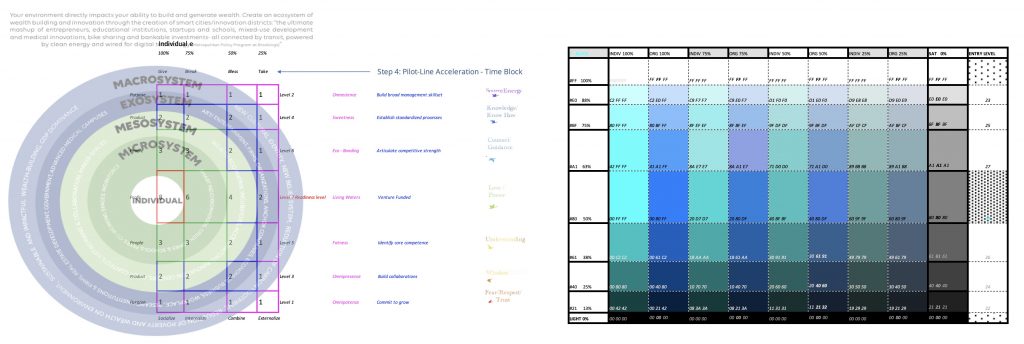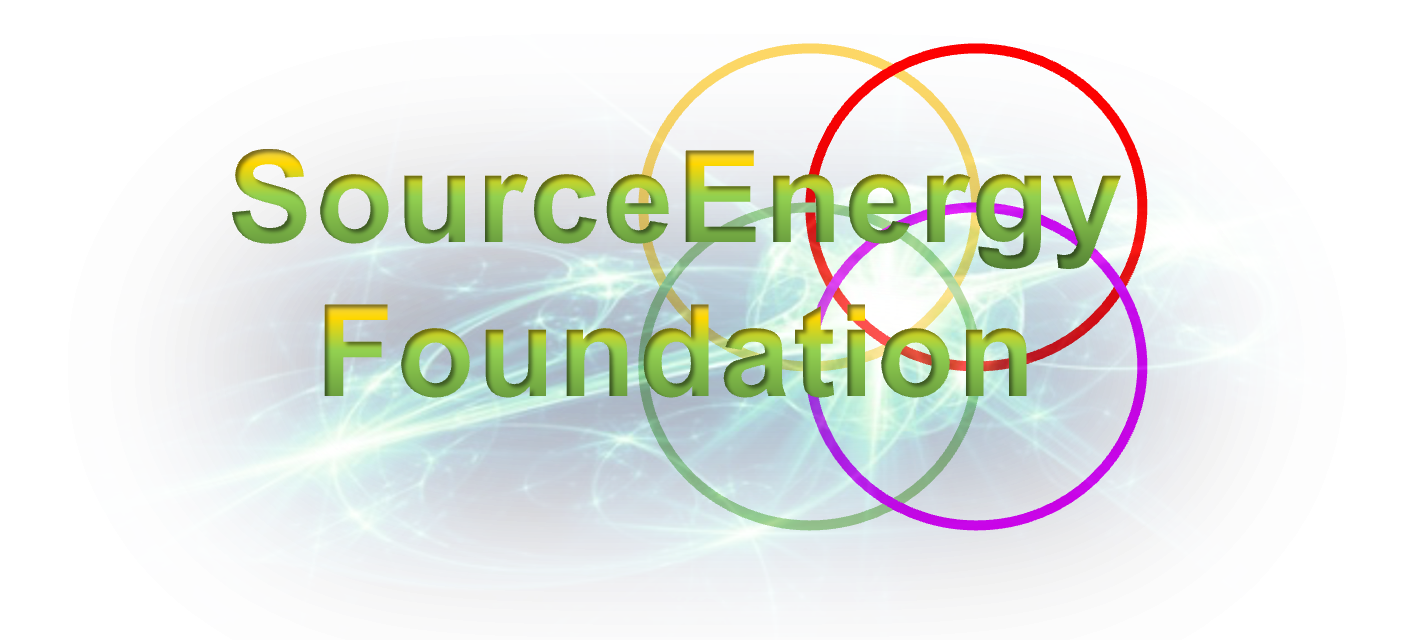T-Block

Dr. Oliver Jones,
Upon close examination of the detailed graphical representation, the intricacies of the Wealth Ecology Model further crystallize. The visual aspects reinforce and expand upon the key principles. Here’s a comprehensive breakdown of this representation within the context of the Wealth Ecology Model framework:
- Environmental Layers:
- Macro System: The outermost layer embodies broad global, national, and regional influences. It presents the larger environmental factors that have the potential to either encourage or inhibit wealth generation and innovation on a grand scale.
- Meso System: Delving deeper, this level encapsulates state, city, or community environments. It captures the essence of local regulations, norms, resources, and cultures that can greatly influence an individual’s or organization’s growth trajectory.
- Micro System: Representing the immediate environment, this layer encompasses direct personal interactions, experiences, peers, and family. Its proximity to the individual signifies its direct influence on behavior, decisions, and wealth-building actions.
- Dynamic Process:The right side of the image portrays a strategic process required for sustainable innovation and growth:
- Levels: Each level, from “Omnipotence” to “Omnipresence”, indicates the progression of an initiative or venture. Each name represents a distinct stage or milestone, each with its unique challenges and requirements.
- Steps: Specific actions, such as “Commit to grow”, “Build collaborations”, and “Identify core competence”, demarcate the path to success. These provide clarity on the sequential and pivotal steps for successful innovation and wealth generation.
- Role of Energy and Core Principles:The matrix, detailing elements like “SourceEnergy”, “Knowledge/Know How”, and “Counsel/Guidance”, underscores that there are pivotal resources and principles required at each juncture. The percentage values might be illustrative of the relative importance or necessity of each principle at various stages.
- Holistic Integration:The image underlines the significance of integrating various facets like energy, technology, and community:
- Energy: As depicted, energy (both human and capital) forms the cornerstone of every endeavor. It’s the driving force behind each stage of innovation and wealth accumulation.
- Technology: This model accentuates the incorporation of technology, vital in today’s rapidly evolving landscape. Technology amplifies growth potential and can significantly streamline the innovation journey.
- Community: Building strong community ties, fostering relationships, and leveraging local resources are crucial. The emphasis on elements like “Eco-Bonding” suggests the importance of symbiotic relationships in achieving success.
- Wealth Ecology Model Framework Application:
- Energy: The foundational force behind all endeavors. This encompasses not just physical or monetary resources, but also the intangible energy of determination, motivation, and drive.
- Technology: Given the mention of “smart cities/innovation districts”, there’s a clear emphasis on harnessing cutting-edge technologies to foster innovation and bolster wealth generation.
- Community: The model accentuates community-building, regional resources, and understanding the cultural context, indicating the significance of societal ties in the wealth generation process.
- Concluding Insights:The Wealth Ecology Model, as depicted, offers a comprehensive blueprint for individuals and organizations alike. It elegantly encapsulates the multi-faceted journey of innovation and wealth generation, underscoring the intricate interplay between the individual, their environment, and the resources at their disposal.
By integrating this model across global spheres, there’s potential to revolutionize how individuals and institutions approach wealth generation, fostering a more holistic, informed, and sustainable path to success.
SourceEnergy Group R&D.
